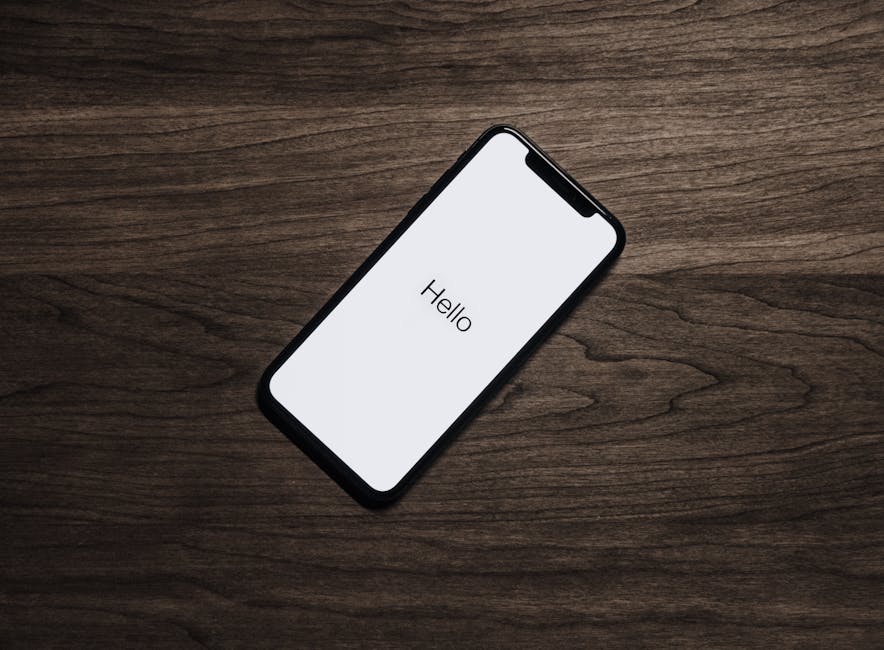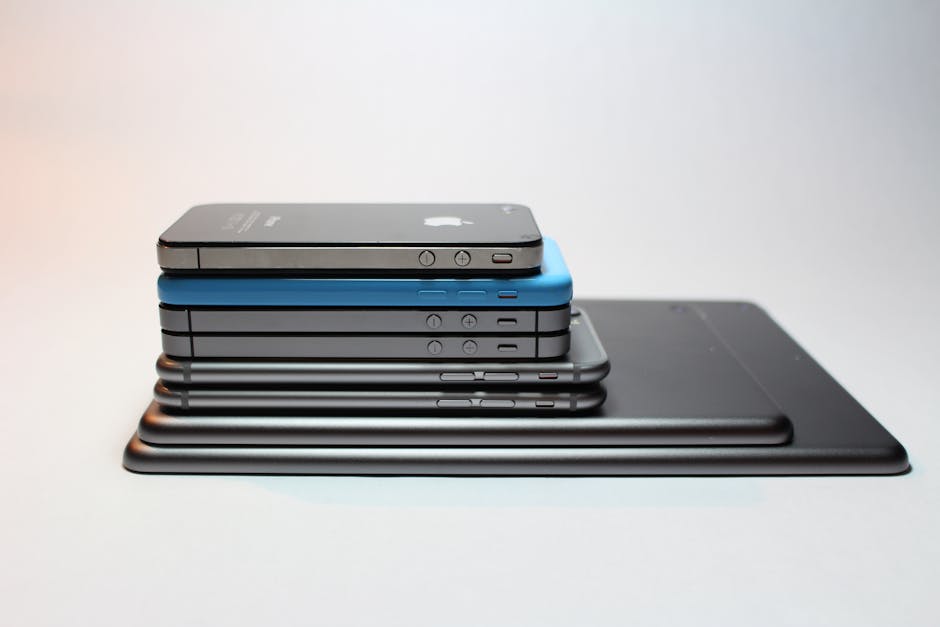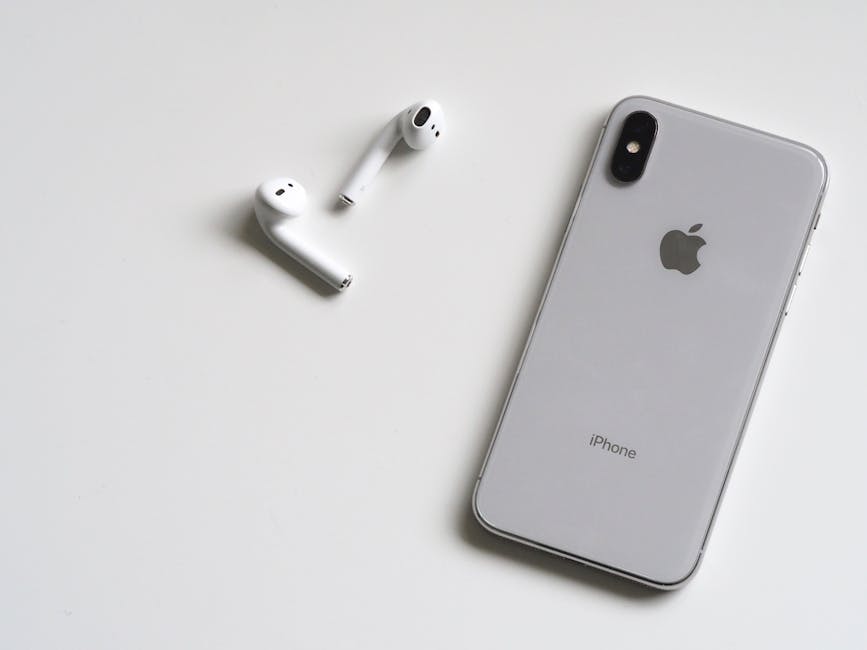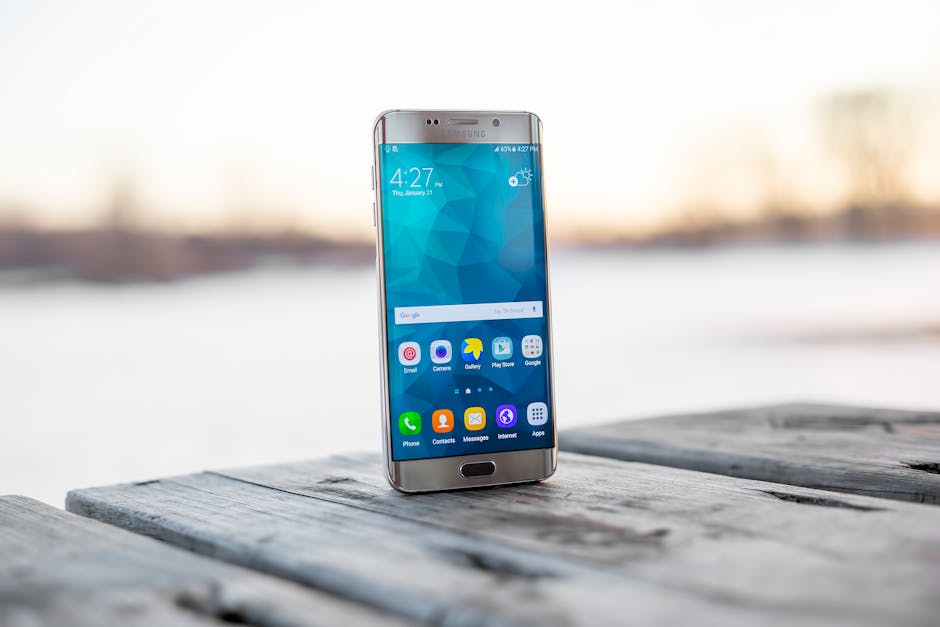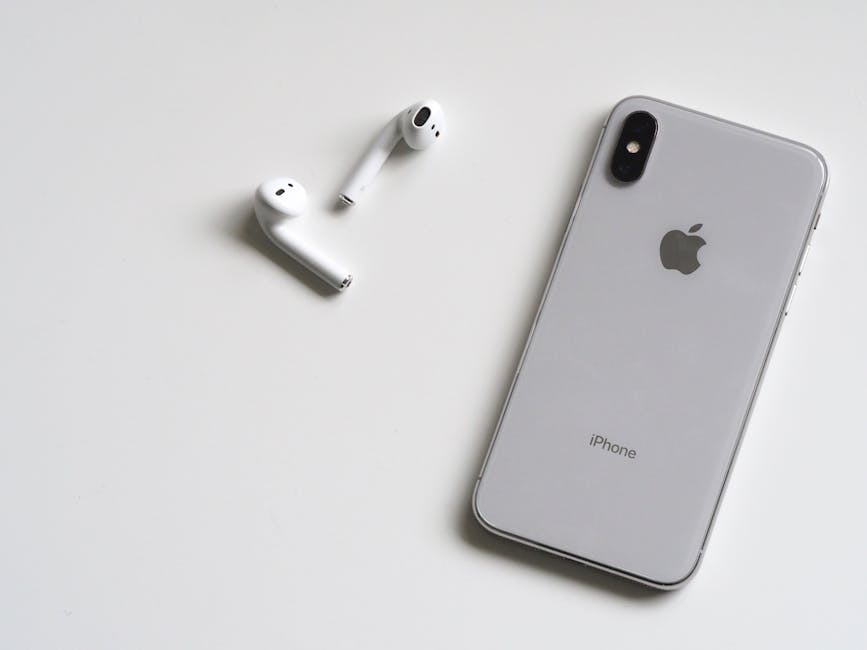Losing your iPhone can be a stressful experience, impacting your personal life and potentially exposing sensitive information. Thankfully, Apple provides a robust “Find My” feature designed to help you locate your lost or stolen devices quickly and efficiently. This guide provides a detailed overview of how to use Find My iPhone, maximizing its effectiveness in recovering your device and protecting your data.
Setting Up Find My iPhone: Preparation is Key
Before you lose your iPhone, proactively enabling the Find My feature is crucial. This simple step significantly increases your chances of recovering your device should it ever go missing.
Enabling Find My iPhone
- Open the Settings app on your iPhone.
- Tap on your Apple ID at the top of the screen.
- Select Find My.
- Tap Find My iPhone and toggle the switch to the On position.
- Enable Send Last Location: This automatically sends Apple the last known location of your iPhone before the battery dies, increasing your chances of finding it.
- Consider enabling Find My network: This allows your device to be found even when offline, using Bluetooth to connect to other nearby Apple devices. They will securely relay the location to you.
Enabling these settings is a critical step in safeguarding your device and ensuring you can utilize the Find My iPhone feature effectively when needed.
Locating Your Lost iPhone: Steps to Take Immediately
Once you realize your iPhone is missing, acting quickly is essential. Here’s how to initiate the search using Find My.
Using the Find My App on Another Apple Device
If you have another Apple device (iPad, Mac, etc.), the Find My app is the easiest way to start your search.
- Open the Find My app on your other device.
- Select the Devices tab.
- Locate your missing iPhone in the list of devices associated with your Apple ID.
- Your iPhone’s last known location will be displayed on a map.
- From here, you can choose to:
Play Sound: This makes your iPhone emit a loud sound, even if it’s on silent, helping you locate it if it’s nearby. Mark as Lost: This locks your iPhone with a passcode, displays a custom message on the screen with your contact information, and suspends Apple Pay. Erase iPhone: As a last resort, if you’re certain your iPhone is lost or stolen and cannot be recovered, you can remotely erase all data from it to protect your privacy. This action is irreversible.
Using Find My iPhone on iCloud.com
If you don’t have another Apple device readily available, you can access Find My through iCloud.com on any computer with an internet connection.
- Open a web browser and go to iCloud.com.
- Sign in with your Apple ID and password.
- Click on the Find iPhone icon.
- Select your missing iPhone from the All Devices dropdown menu.
- You’ll see a map displaying your iPhone’s last known location, and you’ll have the same options as in the Find My app: Play Sound, Mark as Lost, and Erase iPhone.
Understanding Find My iPhone Features: Maximizing Your Search
The Find My iPhone feature offers several powerful tools to help you recover your device. Understanding how each function works is crucial for a successful search.
Play Sound: A Simple Yet Effective Tool
The “Play Sound” feature is particularly useful when you suspect your iPhone is nearby, perhaps misplaced within your home or office. Even if your iPhone is on silent mode, this feature will override the settings and emit a loud, distinctive sound.
Mark as Lost: Securing Your Device and Information
Marking your iPhone as lost is a crucial step to protect your personal information.
Remote Lock: This immediately locks your iPhone with your existing passcode, preventing unauthorized access. Custom Message: You can display a custom message on the lock screen with your contact information, increasing the chances of a good Samaritan returning your device. “If found, please call [your phone number]” is a common and effective message. Apple Pay Suspension: This automatically suspends all Apple Pay services on your iPhone, preventing unauthorized purchases.
Erase iPhone: A Last Resort for Data Protection
The “Erase iPhone” feature is a drastic measure that should only be used as a last resort when you are certain your iPhone cannot be recovered. This action permanently deletes all data from your device, including photos, contacts, messages, and apps.
Important Considerations:
Once you erase your iPhone, you will no longer be able to track its location using Find My. Erasing your iPhone is irreversible. Only use this feature if you are confident that your device is permanently lost or stolen and that the risk of unauthorized access to your data is high.
Troubleshooting Find My iPhone: Addressing Common Issues
While Find My iPhone is generally reliable, you might encounter some issues. Here are some common problems and how to address them.
iPhone is Offline or Location Services are Disabled
If your iPhone is offline or has location services disabled, Find My will only show its last known location. You won’t be able to track its current location in real-time. If “Find My network” was enabled, it may still be found using other Apple devices nearby.
Find My iPhone is Not Enabled
If Find My iPhone was not enabled before your device went missing, unfortunately, you won’t be able to track or remotely manage it using the Find My feature. Contact your carrier and local authorities.
Location is Inaccurate or Not Updating
Sometimes, the location displayed in Find My might be inaccurate or not updating in real-time. This can be due to several factors, including:
Weak GPS signal: Your iPhone might be in an area with poor GPS coverage. Wi-Fi limitations: Location services rely on Wi-Fi networks for accuracy. Delay in updates: There might be a delay in updating the location on the Find My app or iCloud.com.
Preventing Loss and Theft: Proactive Measures
Beyond enabling Find My iPhone, several proactive measures can help prevent loss or theft.
Keep your iPhone secure: Be mindful of your surroundings and avoid leaving your iPhone unattended in public places. Use a strong passcode: A strong passcode makes it more difficult for unauthorized users to access your data if your iPhone is stolen. Consider using a longer alphanumeric passcode or Face ID/Touch ID. Back up your data regularly: Regularly backing up your iPhone to iCloud or a computer ensures that you won’t lose your important data if your device is lost or stolen. Consider insurance: AppleCare+ with Theft and Loss provides coverage for accidental damage, theft, or loss.
Losing your iPhone can be a stressful experience, but with Find My iPhone and proactive security measures, you can significantly increase your chances of recovering your device and protecting your valuable data. Remember to enable Find My iPhone today and familiarize yourself with its features. If you ever find yourself in the unfortunate situation of losing your iPhone, act quickly and follow the steps outlined in this guide.

